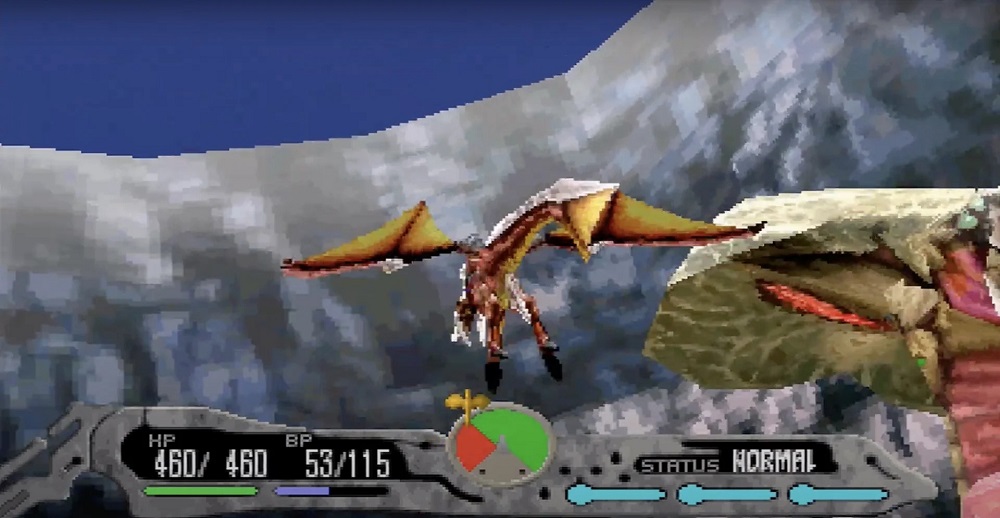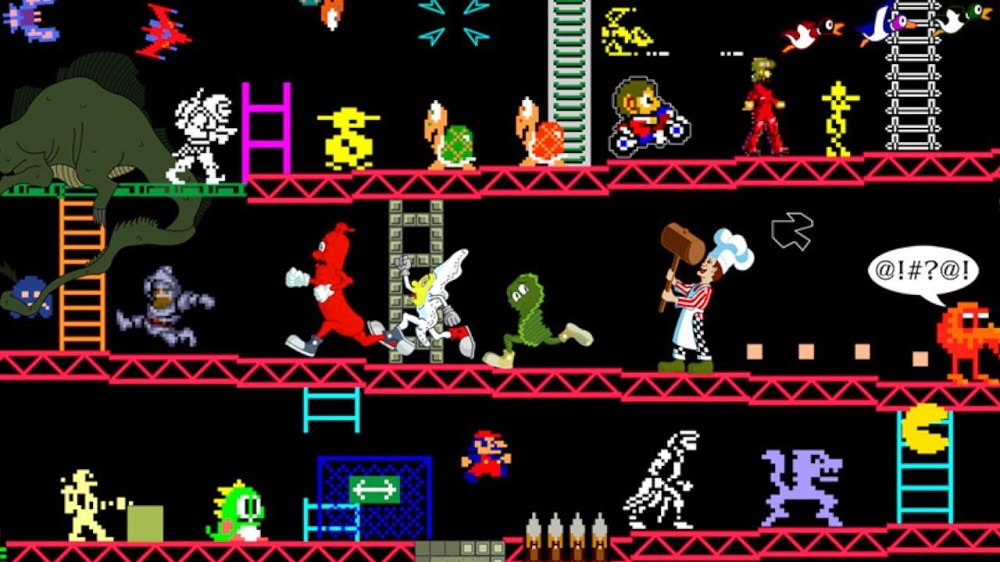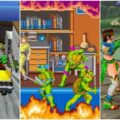When people think of Sega, they think of Sonic the Hedgehog, Virtua Fighter, or Crazy Taxi. But Sega’s legacy stretches far beyond its famous mascots and arcade hits.
In the company’s decades-long journey through innovation, ambition, and occasional chaos, Sega produced dozens of games that went unnoticed — masterpieces buried by time, marketing missteps, or hardware failure.
At Oldies Nest, we’re dusting off those forgotten cartridges and discs to celebrate 10 underrated Sega titles that deserve a second spotlight.
These games might not have topped charts, but they embody what made Sega special: bold ideas, unique design, and unrelenting creativity.
1. Panzer Dragoon Saga (1998 – Sega Saturn)
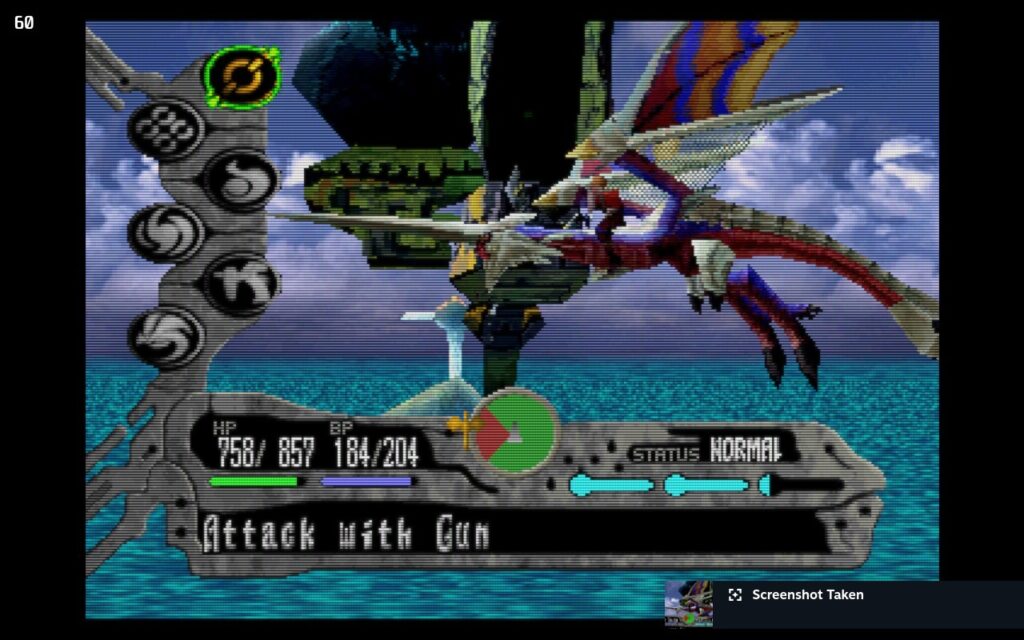
A poetic swan song for the Saturn.
While Final Fantasy VII dominated the RPG spotlight, Sega’s Panzer Dragoon Saga fused rail-shooter mechanics with deep storytelling and cinematic ambition.
- Why it’s great: A haunting atmosphere, unforgettable soundtrack, and hybrid combat system that still feels ahead of its time.
- Why it’s underrated: Released at the end of the Saturn’s life — only ~20,000 copies were printed in the U.S.
Collectors now pay over $1,000 for complete copies. It’s a game that, like the Saturn itself, was too advanced for its moment — a sentiment echoed in Sega Saturn: The Console That Struggled.
2. Ristar (1995 – Sega Genesis)
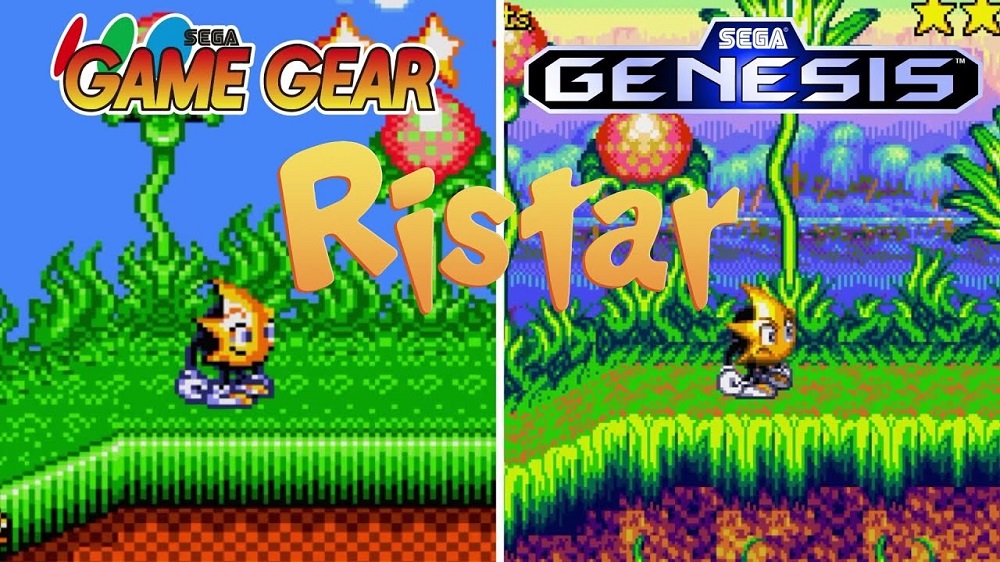
If Sonic was speed, Ristar was grace.
Created by Sonic Team, this colorful platformer let players stretch and grab enemies using elastic arms — a mechanic that inspired later games like Rayman and Bionic Commando.
- Why it’s great: Gorgeous pixel art, inventive level design, and a soundtrack that could rival Sonic 3.
- Why it’s underrated: It released just as the 16-bit era was ending, overshadowed by Sega’s rush toward 3D.
Today, Ristar represents the Genesis at its creative peak — the “what if” of a console transitioning too soon.
3. Vectorman (1995 – Sega Genesis)
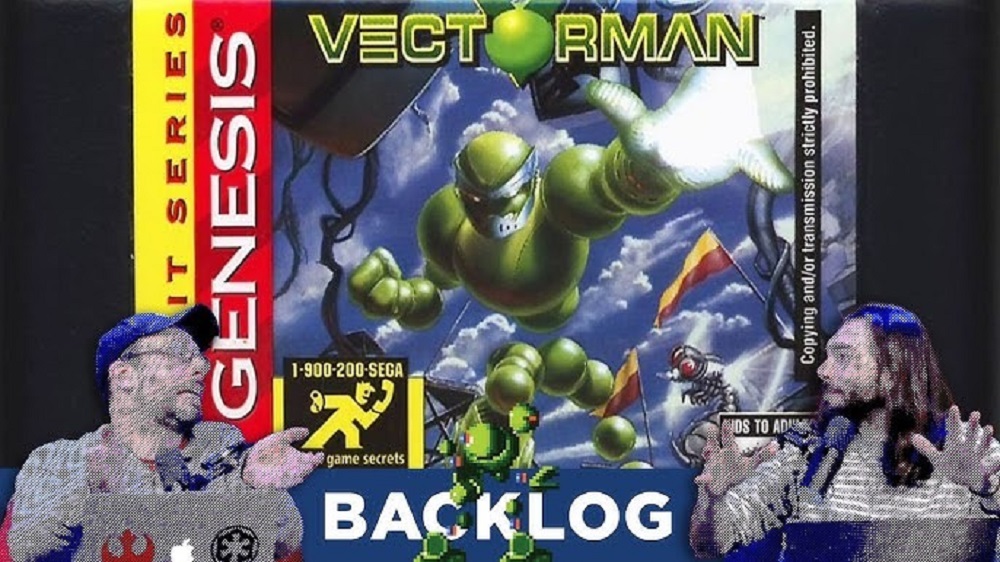
A technical marvel in green pixels.
At a time when pre-rendered graphics were rare on home consoles, Vectorman showed the Genesis could compete with the SNES in visual flair.
- Why it’s great: Fluid animation, environmental storytelling, and a pulsing techno soundtrack.
- Why it’s underrated: Released too late — just months before the Saturn and PlayStation launched.
It was the Genesis’ last stand, a defiant farewell from a console that refused to die quietly.
4. Skies of Arcadia (2000 – Dreamcast)
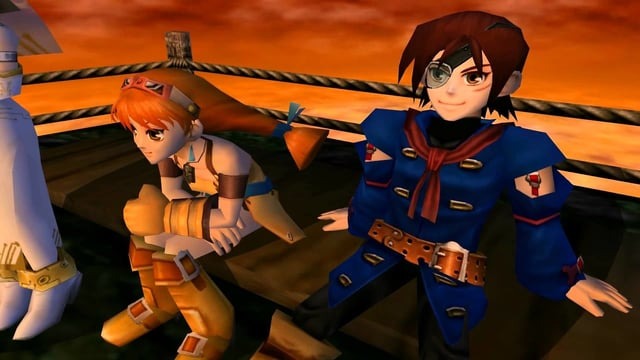
If adventure had wings, it would look like Skies of Arcadia.
You play as Vyse, a sky pirate exploring floating continents and battling empires in turn-based airship combat.
- Why it’s great: A world full of wonder, optimism, and exploration — rare for RPGs at the time.
- Why it’s underrated: The Dreamcast’s short lifespan doomed its reach.
As discussed in Retro Game Preservation: Why It Matters, digital preservation has given Skies of Arcadia new life — with emulation and fan translations keeping its spirit soaring.
5. Burning Rangers (1998 – Sega Saturn)
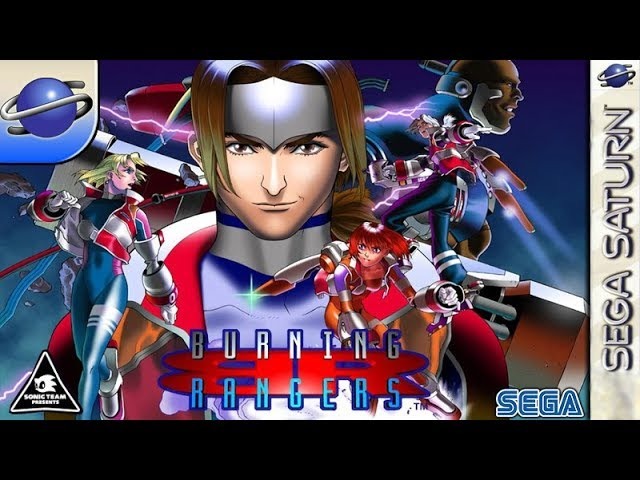
A firefighting action game set in a futuristic city, developed by Sonic Team.
- Why it’s great: A unique premise, incredible lighting effects, and early use of dynamic voice direction.
- Why it’s underrated: Released at the very end of the Saturn’s life cycle — barely marketed and overshadowed by the PlayStation.
Today, its concept feels visionary, blending sci-fi heroism with emotional storytelling long before it was popular.
6. Jet Set Radio (2000 – Dreamcast)
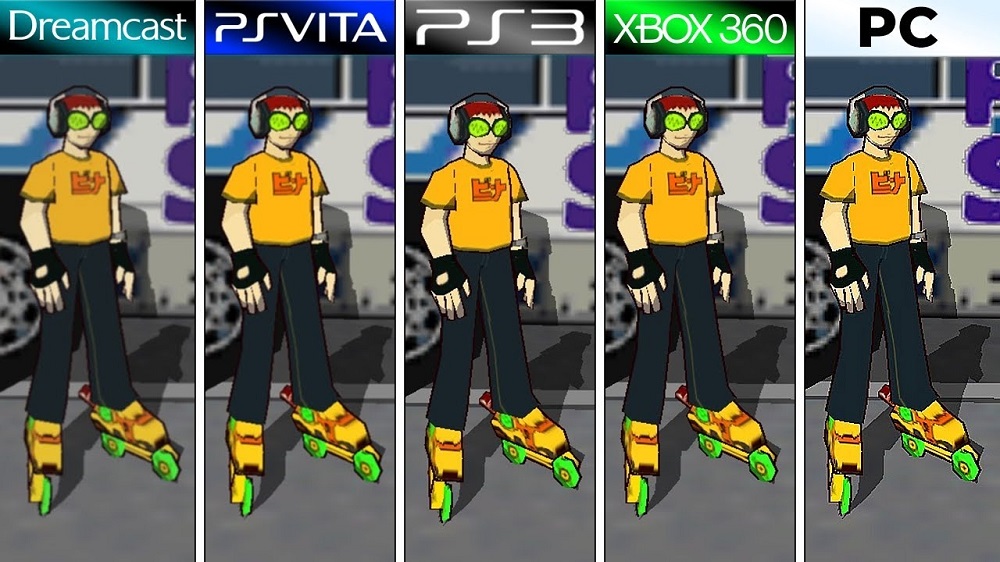
A game that defined urban cool.
Graffiti, rollerblades, cel-shaded visuals, and a genre-bending soundtrack — Jet Set Radio was Sega at its most daring.
- Why it’s great: Invented the cel-shading art style years before it became standard.
- Why it’s underrated: Its quirky mechanics and rebellious tone didn’t appeal to mainstream audiences in 2000.
Yet, its DNA lives on in modern indie titles like Bomb Rush Cyberfunk — proof that Sega’s cultural influence endures.
7. Shining Force III (1997 – Sega Saturn)
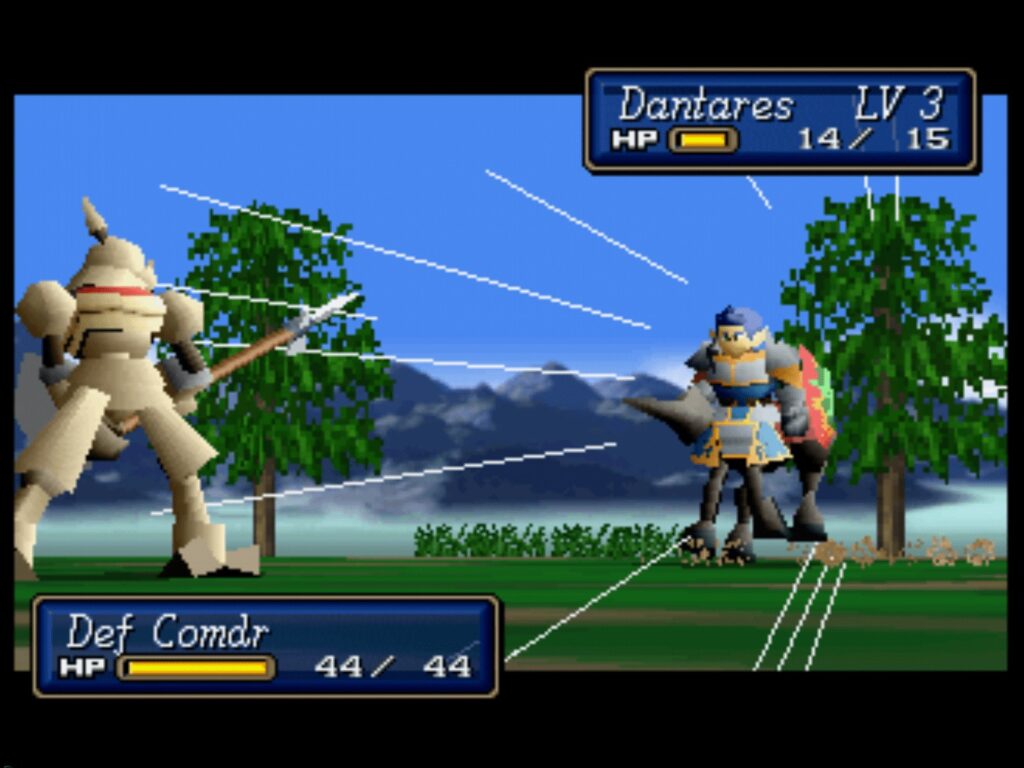
A tactical RPG epic that deserved better visibility.
Split into three interconnected “scenarios,” this strategy masterpiece built on Fire Emblem’s foundations but added branching perspectives and political intrigue.
- Why it’s great: Intelligent storytelling and deep combat mechanics.
- Why it’s underrated: Only Scenario 1 was released in the West, leaving players with an incomplete story.
For fans of deep strategy and world-building, Shining Force III remains one of Sega’s crowning achievements.
8. Eternal Champions (1993 – Sega Genesis)
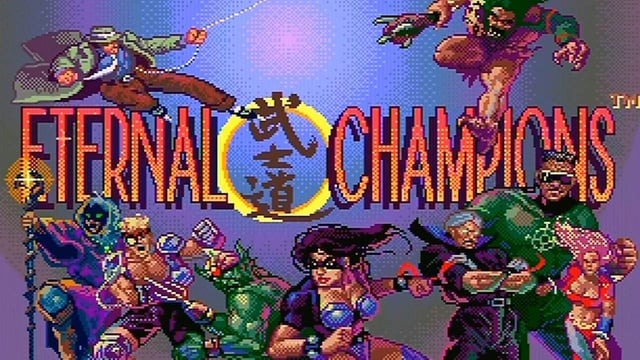
Sega’s bold answer to Street Fighter II.
Unlike most fighters of the era, Eternal Champions featured original lore, training systems, and even stage-specific “Overkills.”
- Why it’s great: Innovative mechanics and diverse character design.
- Why it’s underrated: Arrived too late in the 2D fighting craze and lacked arcade exposure.
It’s a game that could’ve built a franchise — had Sega given it the same love they gave Virtua Fighter.
9. Rez (2001 – Dreamcast / PS2)
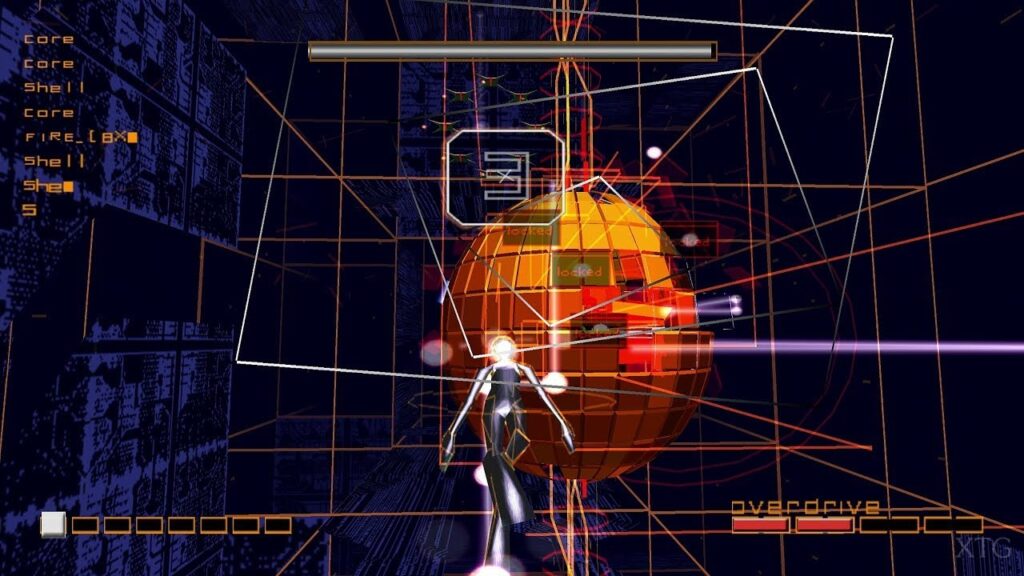
Rez is not a game — it’s an experience.
A blend of rail-shooter, rhythm, and abstract visual art, it immerses players in a digital world of pulsing beats and glowing geometry.
- Why it’s great: Merges gameplay and music into one hypnotic flow.
- Why it’s underrated: Too avant-garde for its time, appealing mainly to niche audiences.
Rez’s influence can still be felt today in games like Tetris Effect and Thumper — meditative proof that Sega understood the art of synesthesia.
10. Ecco the Dolphin: Defender of the Future (2000 – Dreamcast)
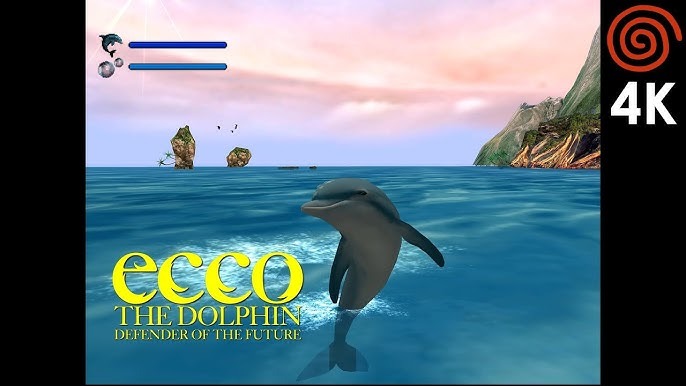
A spiritual sequel to the Genesis classic, this aquatic adventure took Ecco into 3D with stunning visuals and existential storytelling.
- Why it’s great: Philosophical themes about ecology, evolution, and alien life.
- Why it’s underrated: Its difficulty curve and pacing turned off casual players.
But for those who stayed, Ecco offered one of the Dreamcast’s most atmospheric and haunting experiences — a testament to Sega’s creative ambition.
The Common Thread: Vision Ahead of Its Time
All these titles share one thing: Sega’s fearless experimentation.
From RPGs and shooters to rhythm and platforming games, Sega constantly pushed hardware and genre boundaries.
But innovation comes at a cost. Many of these games were released on platforms that failed commercially or at times when the market wasn’t ready.
Yet today, these “underrated” titles have become cult classics — celebrated by collectors, fan communities, and retro enthusiasts who recognize Sega’s genius beneath the chaos.
This company never played it safe. It experimented, stumbled, and inspired — often all at once.
Conclusion: Rediscovering the Underdogs
In hindsight, Sega’s so-called failures are what made it legendary.
Each forgotten title — Panzer Dragoon Saga, Burning Rangers, Skies of Arcadia — represents a creative risk that few companies would dare take today.
They remind us that gaming’s golden age wasn’t just about profit; it was about passion.
And maybe that’s why these games endure — not in sales charts, but in memory.
Because while Sega may have lost the console wars, it won the hearts of players who value artistry over conformity.
So, next time you browse your retro shelf or emulator library, skip Sonic 2 for a night. Load Ristar or Shining Force III instead.
You might just rediscover the brilliance Sega hid in plain sight.
